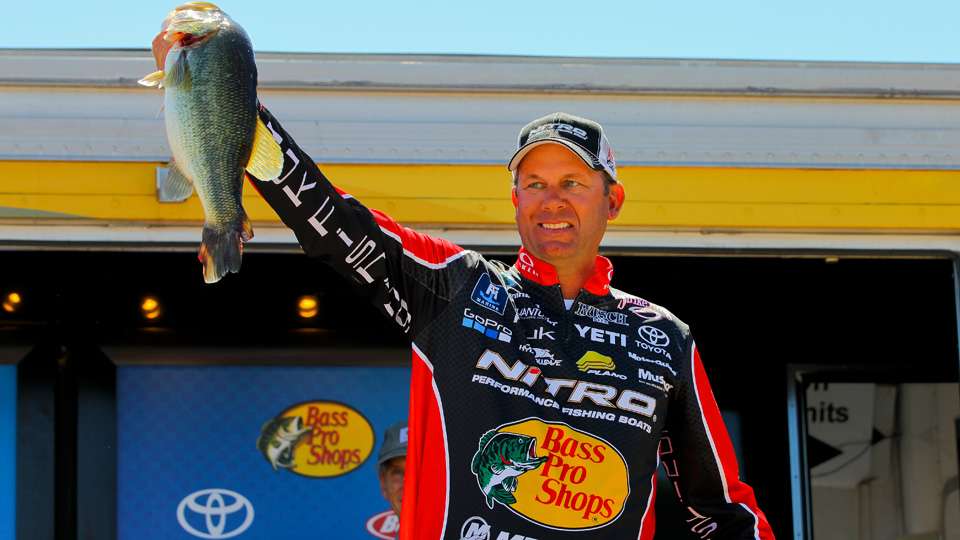
Wintertime fishing in Michigan and other northern states means it’s time to go ice fishing!
I imagine our southern brothers are rolling their eyes and scratching their heads. I always get dumbfounded looks when I bring it up in the conversation while touring southern states.
These northern bass are used to cold water and get real aggressive when a good layer of ice blankets a lake or pond. I have had some incredible days catching bass through the ice – bass that aren’t getting the pressure they get during the warm water months.
I also like fishing for other species like panfish because there is no better time to eat those fish than after they’ve spent time in cold water.
It’s important to note that I never get on ice unless it’s at least three inches thick. I also several drill holes to check thickness as I move across the lake or pond and go with a buddy as another safety measure.
Staying comfortable in cold weather isn’t an issue, either. The market for warm, lightweight ice fishing clothing has grown by leaps and bounds.
For example, Frabill, a subsidiary of Plano, offers an insulated ice fishing suit that includes a certified floatation device and special features and pockets created for the ice angler.
Once you’re on the ice, finding the fish is a lot easier with electronics. I use a Helix 7 Gen2 Ice unit with GPS and mapping. I can drop the transducer into a hole and see immediately if fish are in the area.
The GPS/mapping feature is huge benefit, too. We often find winter fish in the same areas every year so we can save a waypoint on a good spot in the middle of the lake and walk directly to it and drill the same holes we used the trip before.
Mapping saves time, too. When ice and snow covers the lake, you lose your sense of distance. It’s difficult to recall where the weed edges are and turns on a break, so without mapping you have to drill numerous holes to check for depth and structure. With mapping, you find that structure just as you do with a boat during summer.
I carry a 5-gallon Yeti Loadout bucket that has pouches on the side for baits and accessories and a hinged lid for seating. My auger, bucket, rods, electronics and other needs are carried on a plastic sled that glides easily over the ice and snow.
Just as I do in the summer, I like to cover water, so I may drill several holes with a lithium battery-powered auger over a new structure spot, check all of the holes with my electronics and don’t drop a bait into the water until I see schools of bluegills or bass.
And when I do drop the bait in the water, I can watch it descend on my Helix screen and literally see the fish move up to check it out. It’s akin to watching your electronics when drop-shotting during open water months.
I fish with a small spinning outfit and 4-pound fluorocarbon line and use little jigs, spoons, blade baits and even small lipless crankbaits.
When I see fish on the graph, I can alter my action to determine which movement gets the bass interest and duplicate it. It’s very similar to site fishing a bedding bass!
So free your mind of misconceptions about ice fishing, and if you get up north this winter, give it a try!
It’s all about the attitude!

